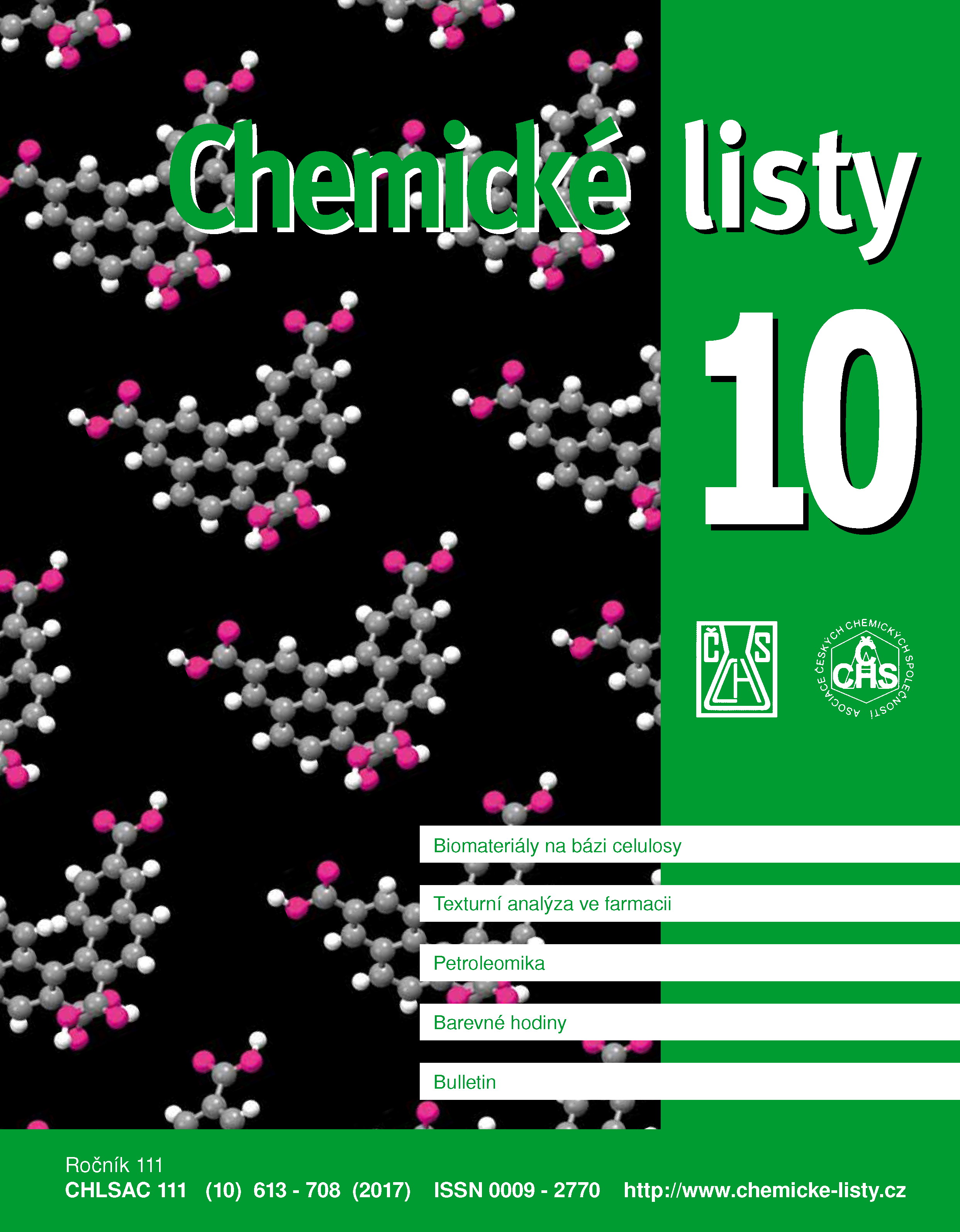Quorum sensing ve vztahu k virulenci mikroorganismů
Klíčová slova:
quorum sensing, signální molekuly, antibiotická rezistence, virulenceAbstrakt
Microorganisms do not live alone, but rather they communicate using diverse „languages“. In general, each bacterial species produces and responds to a unique autoinducer signal. Gram-negative bacteria use N-acylated homoserine lactones and gram-positive bacteria use oligopeptides as autoinducers. Function of autoinducer 2 is bacterial interspecies cell-to-cell communication. The structure and function of two main signaling molecules (farnesol and tyrosol) in the C. albicans quorum sensing (QS) system were also already described. Signaling molecules control the behavior of the whole population (especially virulence factors expression). That's why QS systems represent a new therapeutic target, especially because of an increasing worldwide antibiotic resistance. Quorum sensing inhibitors are a promising direction in the treatment of infection caused by pathogenic microorganisms.





